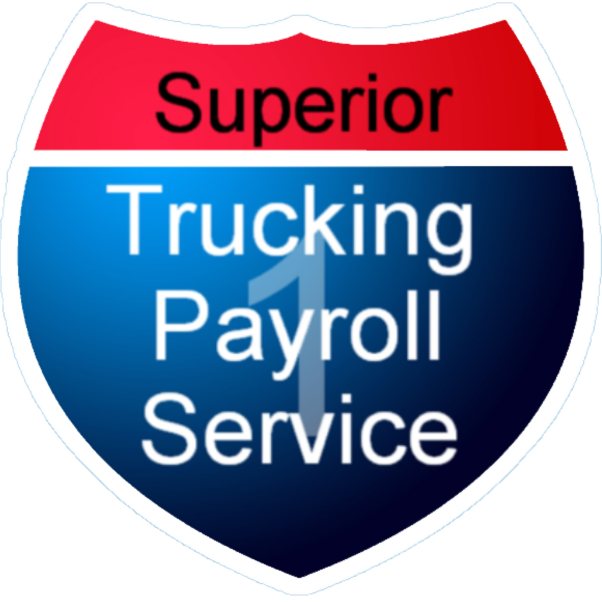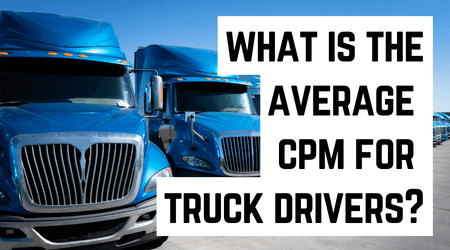If you’ve ever bounced over a deep pothole in early...
Read MorePaying your truck drivers by cost per mile (CPM) is a popular and transparent method used in the trucking industry.
The question, should I pay my drivers CPM? This article will provide a detailed overview of CPM, its advantages and disadvantages, and shed light on the average CPM rates for truck drivers.
Understanding Cost Per Mile (CPM)
Cost per mile, as the name suggests, is a payment method where truck drivers are compensated based on the number of miles they drive. It is a straightforward and transparent way to calculate driver earnings. Here’s how it works:
CPM = Total Earnings/Total Miles Driven
Truck drivers receive a predetermined rate for every mile they travel. For example, if a driver is paid $0.50 per mile and they drive 2,000 miles in a week, their earnings for that week would be $1,000.
Pros of Using CPM
Transparency: CPM provides clear and easily understandable compensation for drivers. They can calculate their expected their expected earnings based on the miles they drive.
Incentivizes Efficiency: Since drivers are paid per mile, they have a direct incentive to maximize their efficiency and drive more miles, which benefits both the driver and the company.
Control Over Costs: Trucking companies can predict labor costs more accurately because they are directly tied to mileage, making budgeting and financial planning easier.
Fairness: CPM ensures that drivers are compensated fairly, considering the variable nature of the job and the fact that long-haul routes may be more demanding.
Cons of Using CPM
Fluctuating Income: Since CPM is tied to mileage, driver earnings can fluctuate based on factors like weather, road conditions, and traffic, which are often beyond their control.
Pressure to Drive Long Hours: Some drivers may feel pressured to log long hours and cover more miles to maximize their earnings, potentially leading to fatigue and safety concerns.
Variable Expenses: While CPM covers earnings per mile, it does include expenses like fuel, maintenance, and tolls, which can vary significantly and impact a driver’s income.
Average CPM Rates for Truck Drivers
The average CPM rates for truck drivers can vary widely based on factors like experience, the type of freight they haul, and their location. However, as of my last knowledge update in September 2021, here are some approximate average CPM rates:
Specialized Hauls: Drivers handling specialized cargo, such as hazardous materials or oversized loads, can command higher CPM rates, often exceeding $0.60.
It’s important to note that these rates can change over time due to factors like inflation, industry demand, and economic conditions. To determine current average CPM rates in your area or sector, consider consulting industry publications or reaching out ot trucking associations.
Bottom line:
Paying truck drivers by cost per mile (CPM) offers transparency, incentivizes efficiency, and provides fairness in compensation. However, it comes with potential income fluctuations and the need for careful expense management. To determine suitable CPM rates for your drivers, review and adjust your CPM rates to remain competitive in the trucking industry.
Before coming to Superior Trucking Payroll Service, in 2011, Melisa worked for a trucking company with 50 trucks. She was the one who processed the driver’s miles and expenses.
Because of this experience, she understands the challenges our clients go through each week while preparing their payroll data for us. Customer service is #1 for Melisa. Her goal is to treat our clients like people with true and real needs, not just another number.
Contact Us!
Is Superior Trucking Payroll Service Worth the Higher Cost?
You’re Not Just Buying Payroll — You’re Buying Peace of...
Read MorePayroll for Trucking Companies: We Help Your Whole Trucking Family Get Paid
If you’ve heard of Superior Trucking Payroll Service, you’ve probably...
Read MoreHow Do I Pay Myself If My LLC Is an S-Corp or C-Corp?
How do I pay myself if my LLC is taxed...
Read MoreMarch 2025 Driver Pay Update for Trucking Companies
Are your drivers leaving for better pay? Are you wondering...
Read More

